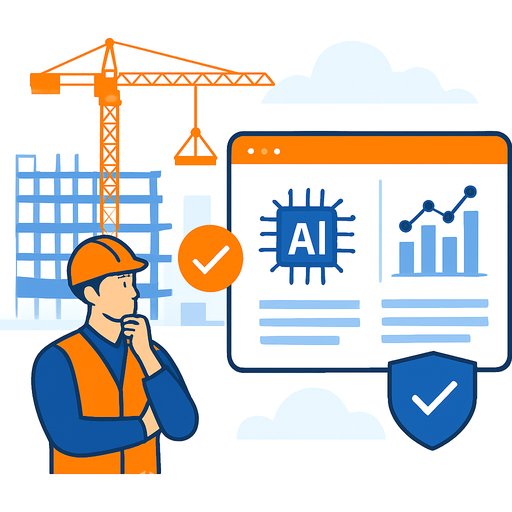Crusoe: Cloud Provider or Construction Developer?
Crusoe is making headlines with its massive 1.2 GW datacenter buildout in Abilene, Texas, intended for OpenAI's use. Now, the company has revealed plans for an even larger project: a 1.8 GW campus in southeastern Wyoming, with potential expansion up to 10 GW. This initiative is in partnership with Tallgrass, an energy provider operating a nearby CO2 sequestration hub. While Crusoe may not be the primary tenant in Wyoming, this project marks the first in a pipeline exceeding 20 GW, signaling a shift in Crusoe’s role within the industry.
From Cloud Services to Construction Expertise
Crusoe began as a neocloud provider, focusing on GPU-heavy workloads for AI and high-performance computing (HPC). Its roots trace back to supplying computing power for cryptocurrency mining, leveraging surplus natural gas that would otherwise be flared off. This approach provided low-cost energy and a climate-friendly angle by reducing gas flaring.
However, Crusoe's real strength is emerging in its datacenter construction capabilities. The company has gained significant experience in building modular datacenters in states like North Dakota, Montana, Wyoming, and Colorado. These modular units have evolved into a product line named Crusoe Spark, targeting edge AI deployments. Manufacturing some of its proprietary equipment in Tulsa, Oklahoma, Crusoe expanded that facility last year with a $10 million investment, allowing them to control supply chain challenges and tariffs more effectively.
Speed and Scale: Crusoe’s Competitive Edge
The modular construction approach combined with vertical integration enables Crusoe to build facilities rapidly. This speed appears to be a crucial factor in winning large-scale projects like Abilene. The company is expected to emphasize this agility as it develops the Wyoming site and other upcoming campuses.
Building Beyond Wyoming and Texas
Crusoe’s ambitions extend beyond its announced Wyoming campus. The company has broken ground on another gigawatt-scale site, though the location remains undisclosed. Possible candidates include Amarillo and Childress in Texas. Additionally, Crusoe has plans for developments in Alberta, Canada, and Norway.
Strategically, Crusoe is functioning much like a real estate developer: it borrows capital to build assets, then sells stakes in those assets to fund further construction. According to recent reports, Crusoe anticipates roughly $30 billion in capital expenditures by 2030, with $18 billion expected from selling interests in its datacenter developments.
Complex Partnerships and Tenant Structures
The Abilene project illustrates the complexity of these deals. Situated at the Lancium Clean Campus, owned by energy infrastructure firm Lancium, the 1.2 GW campus is financed through a $15 billion joint venture involving Crusoe, alternative asset manager Blue Owl Capital, and Primary Digital Infrastructure. OpenAI will be the end user, leasing facilities from Oracle rather than Crusoe directly. Oracle recently delivered NVIDIA GB200 racks to Abilene, as highlighted in OpenAI’s blog.
Stargate and the AI Infrastructure Race
Abilene is part of Stargate, a joint venture aiming to develop up to $500 billion in AI infrastructure across the United States. Although Stargate's progress has faced some challenges—reports mention tension between OpenAI and SoftBank—OpenAI confirmed ongoing collaboration with Oracle on projects exceeding 5 GW, including Abilene.
Why Construction Matters for Neoclouds
As GPU availability improves and newer generations replace older ones rapidly, neocloud providers face the risk of commoditization. Expanding into broader enterprise services is one way to address this, but Crusoe appears to be carving out a niche as a construction engine for cloud expansion. Its ability to build large-scale datacenters swiftly and efficiently could become a significant competitive advantage.
For professionals in real estate and construction, Crusoe’s trajectory highlights the increasing intersection between energy resources, datacenter development, and cloud infrastructure. Observing how modular construction and vertical integration influence project timelines and costs offers valuable insights for future large-scale developments in this space.
Learn more about AI infrastructure and related technologies at Complete AI Training.
Your membership also unlocks:






